Ping pong is one of the Olympics’ most gripping sports, and researchers in China are trying to make ping pong paddles smart.
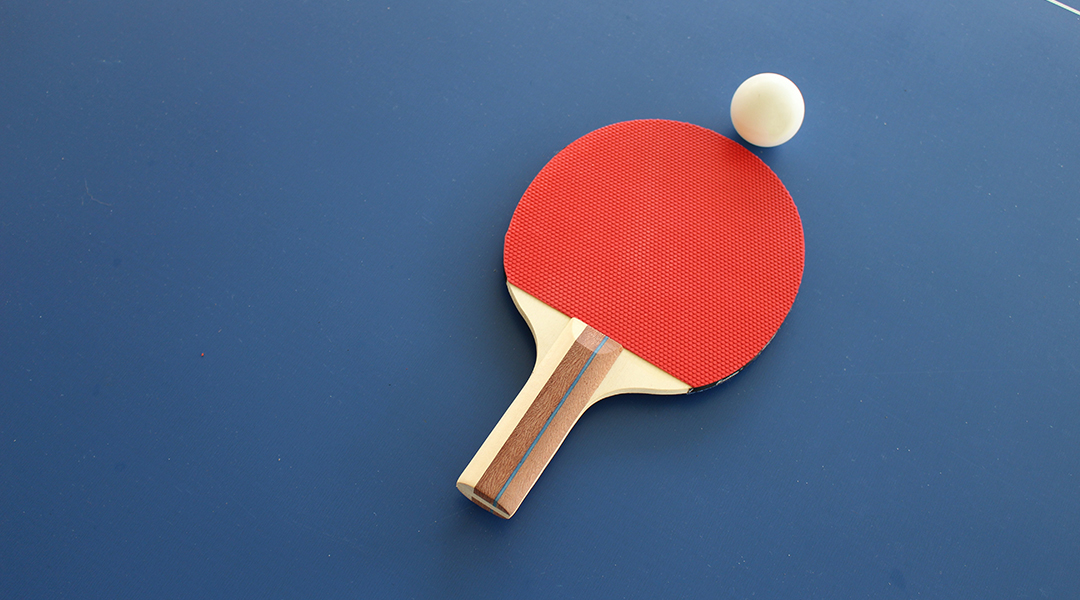

Ping pong is one of the Olympics’ most gripping sports, and researchers in China are trying to make ping pong paddles smart.

An imaginative scientist and inventor, Whitesides’ work extends beyond the borders of chemistry, tackling diverse and challenging problems to meet society’s needs.
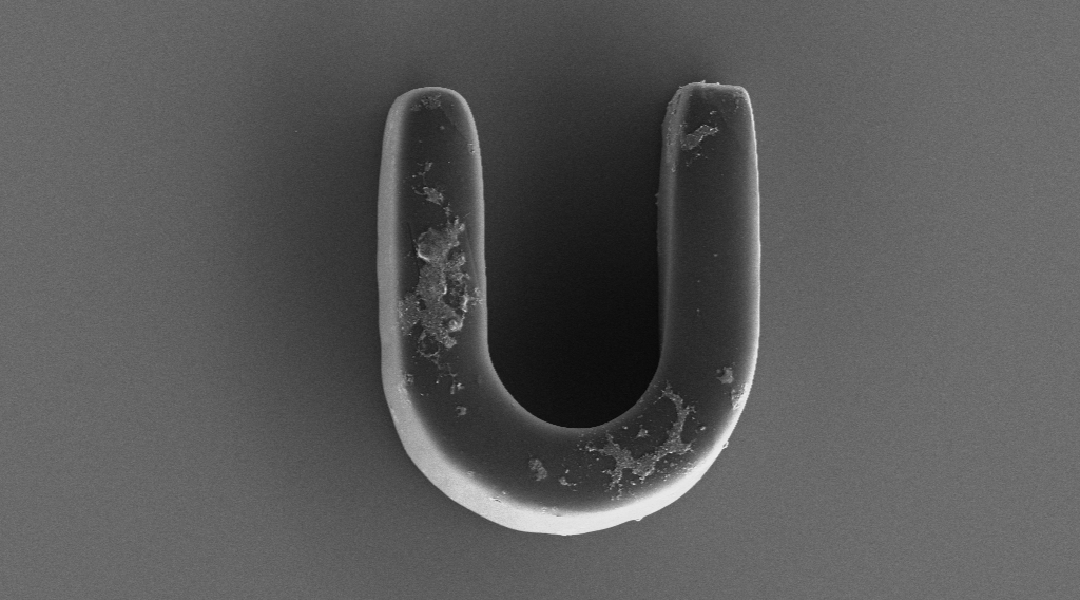
Tiny swimmers shaped like different letters in the alphabet help researchers understand motion on the microscale for future microrobot applications.
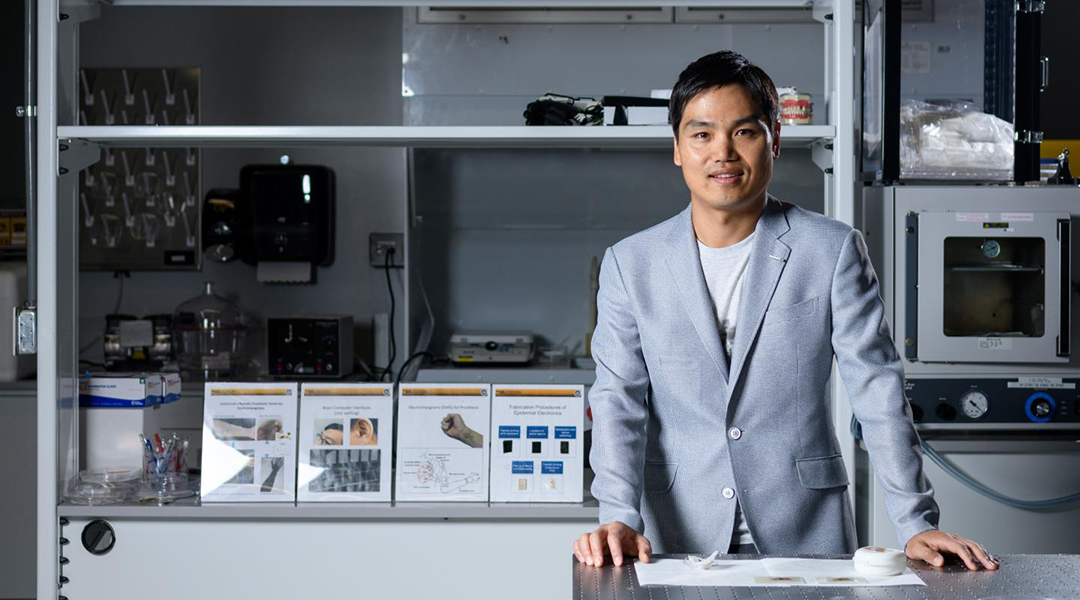
Accurately measuring brain signals is critical to determining what actions a user wants to perform.
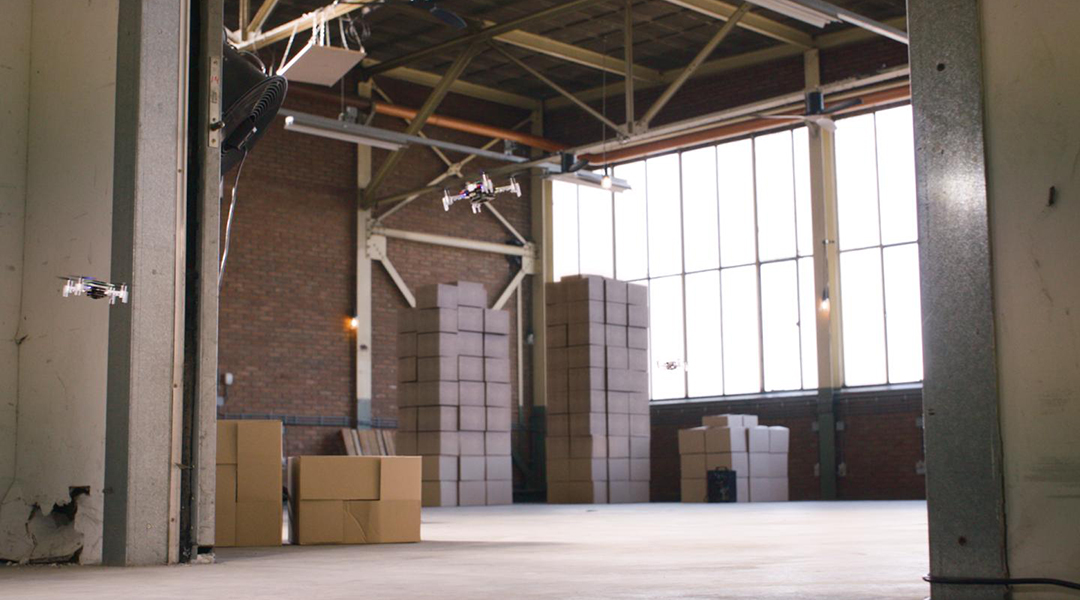
Using modified “CrazyFlie” drones, researchers develop a strategy for finding gas leaks more efficiently and without risk to human lives.

A fabric-based haptic sleeve controls drone flight through arm movement and helps train users by applying corrective forces to body joints.
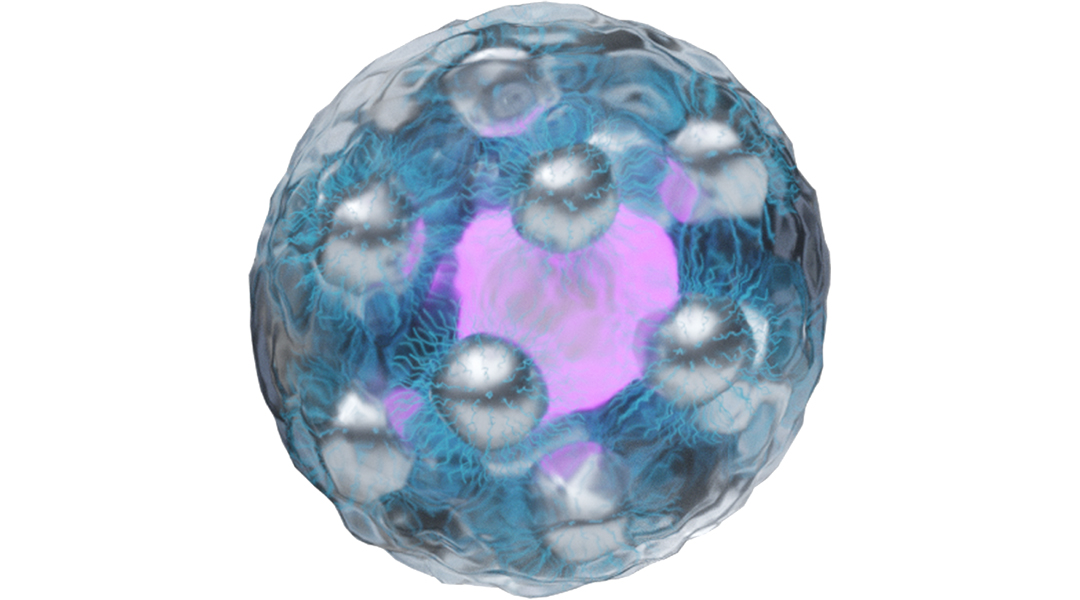
A minimally invasive method holds promise for the treatment of neurological disorders and injury.
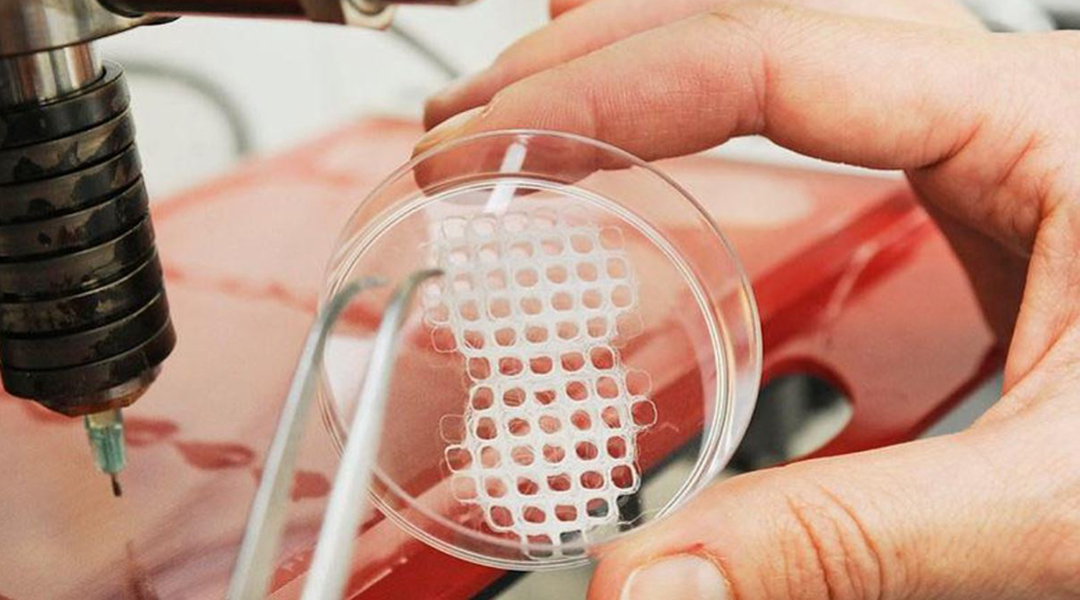
Machine vision and artificial intelligence can fine tune medical 3D printers to enable custom made tissue implants to suit the individual patient.

Changing the shape of soft matter using circuits made from DNA.

Self-propelling microparticles enhance the dissolution of drugs in the stomach, achieving better bioavailability without the side effects of high dosing.